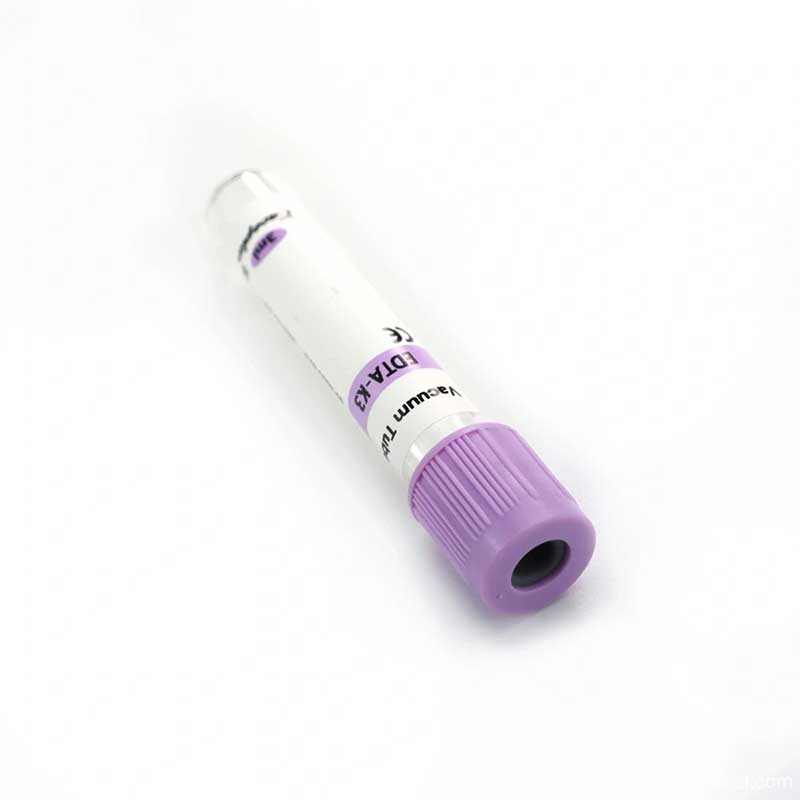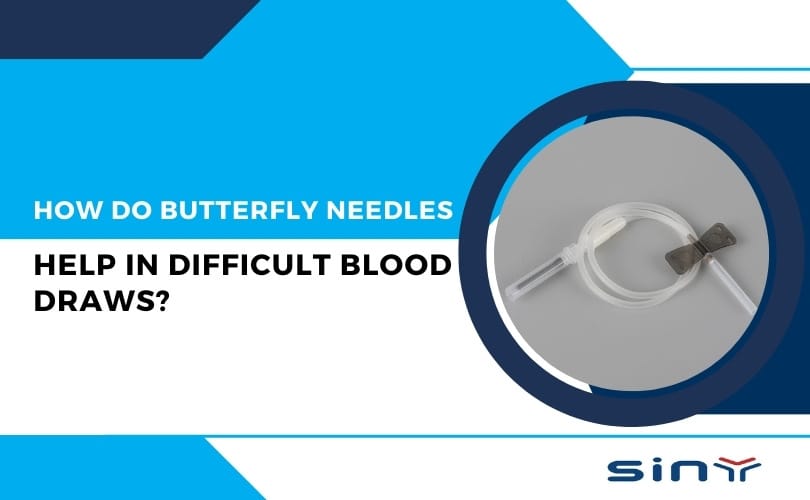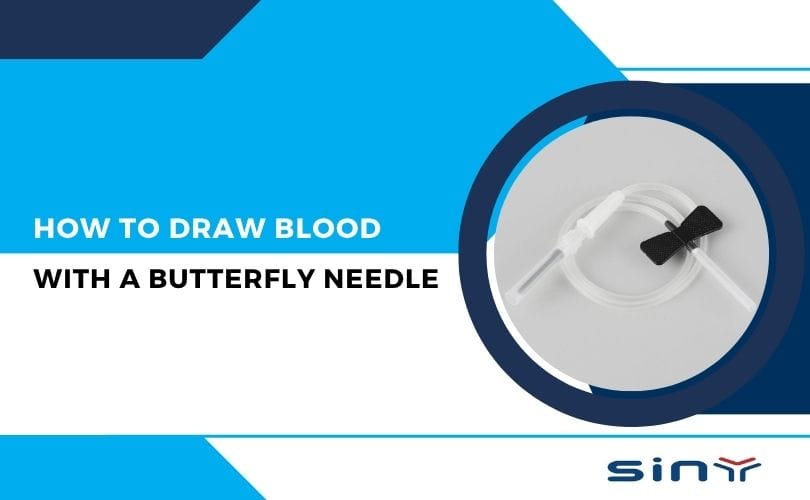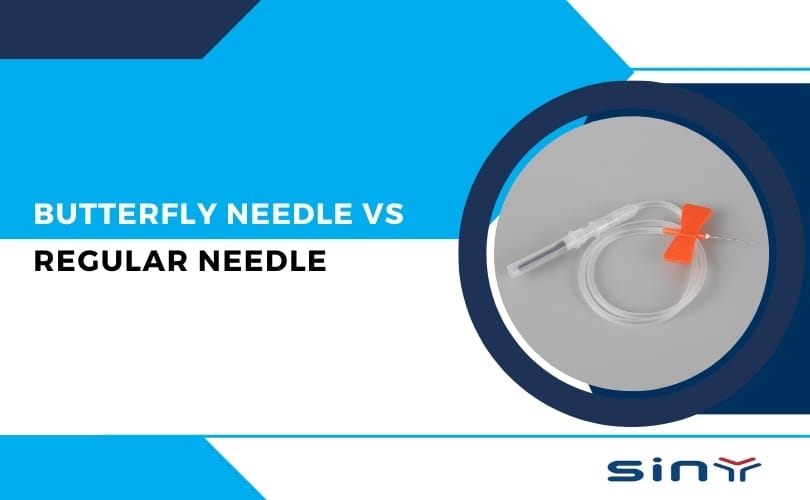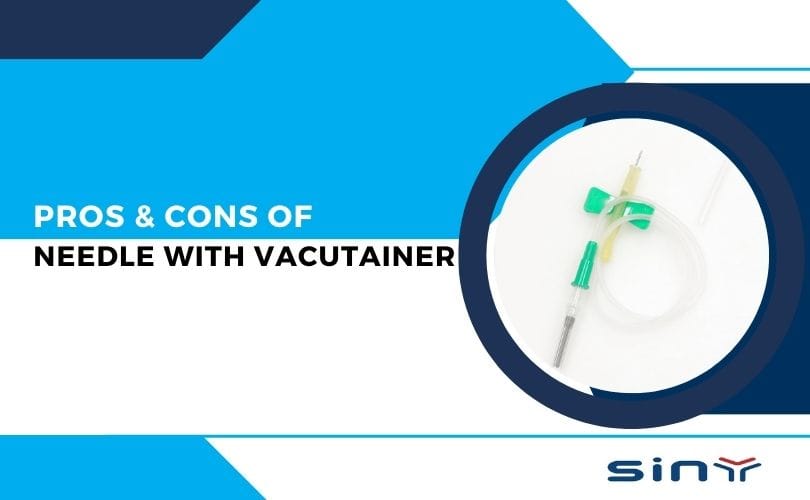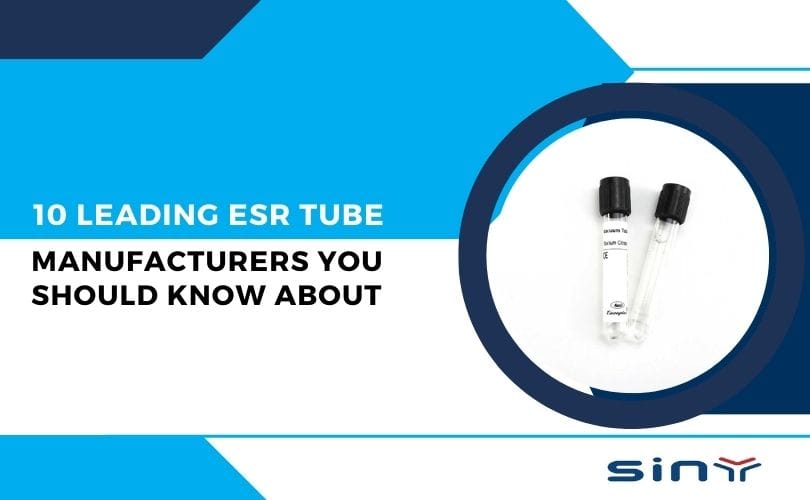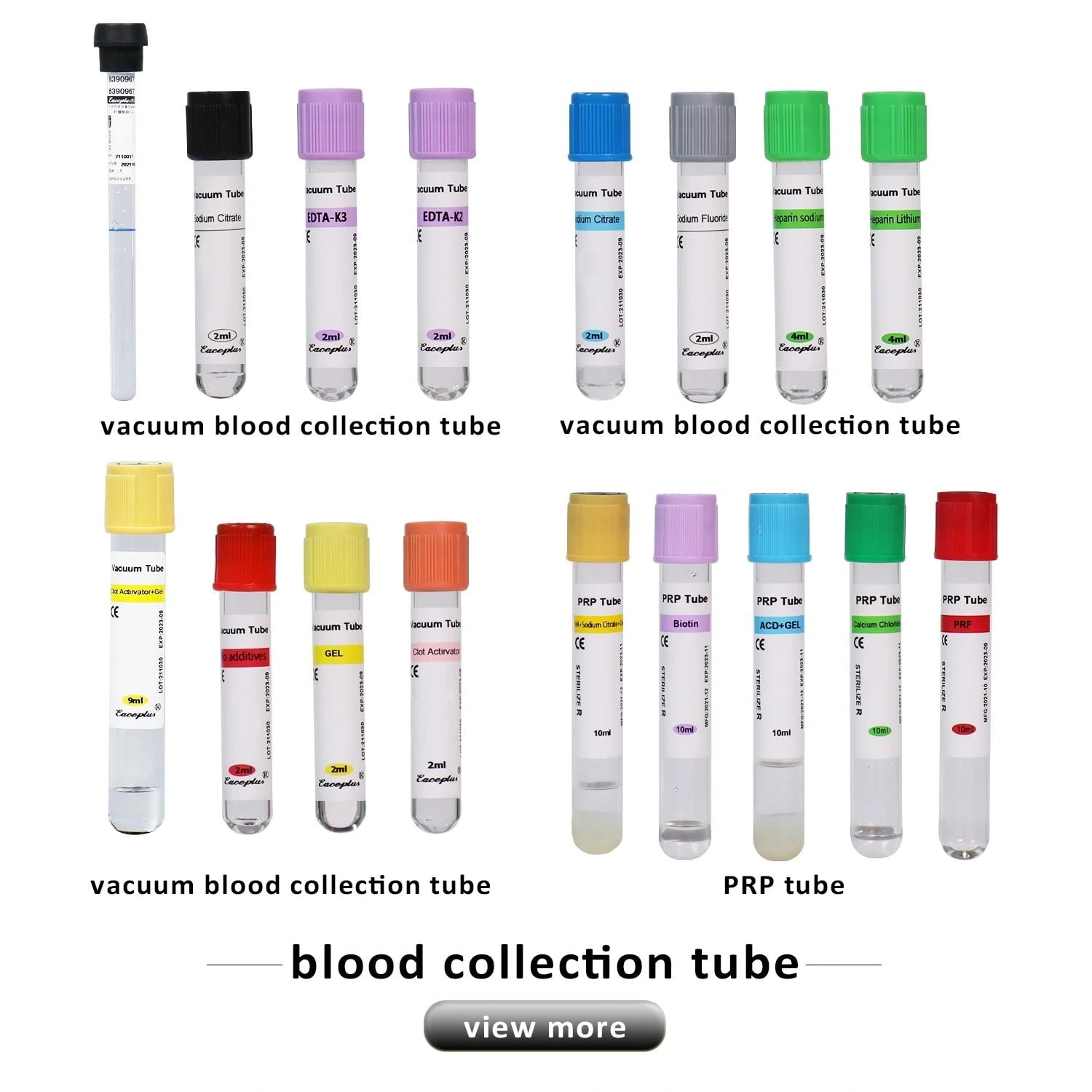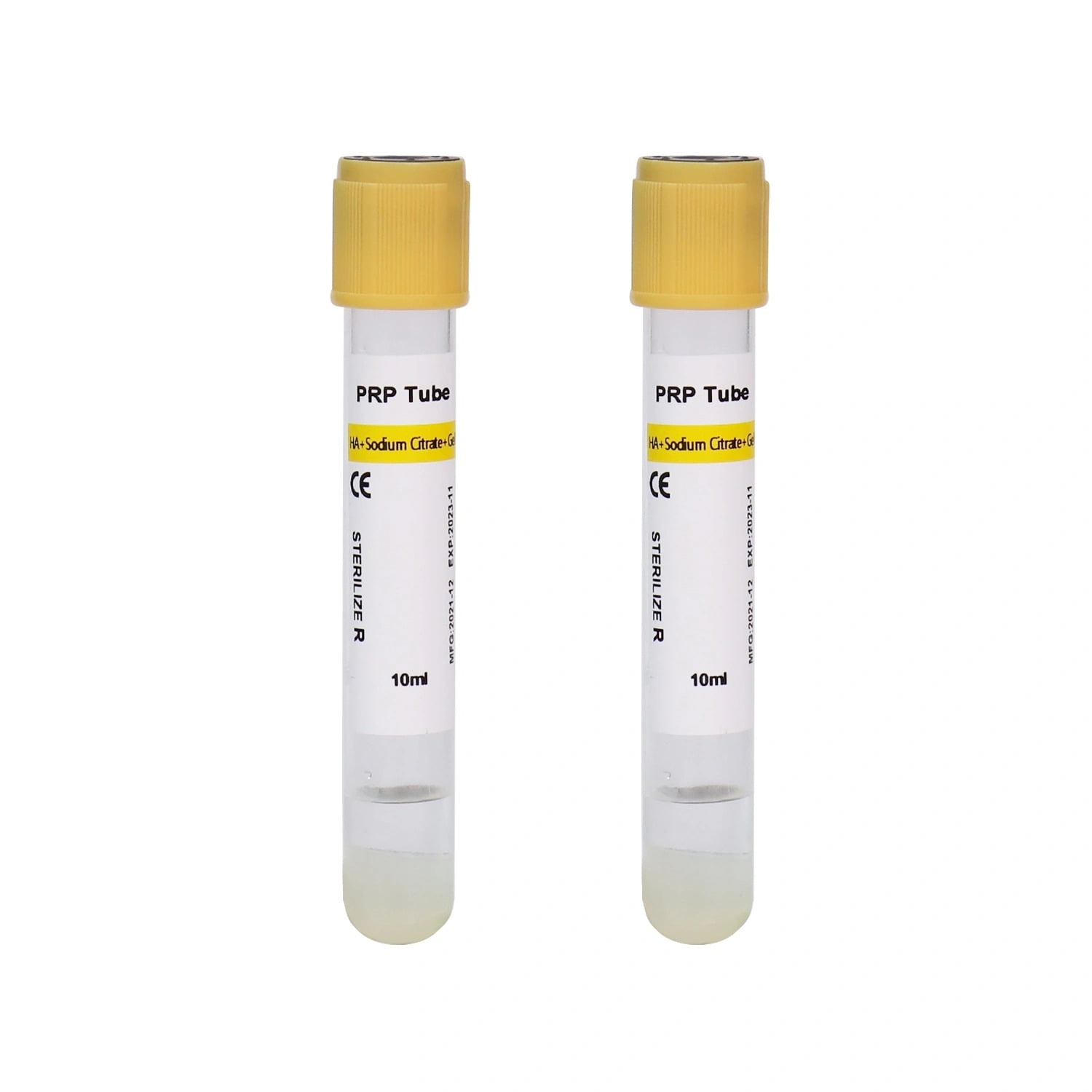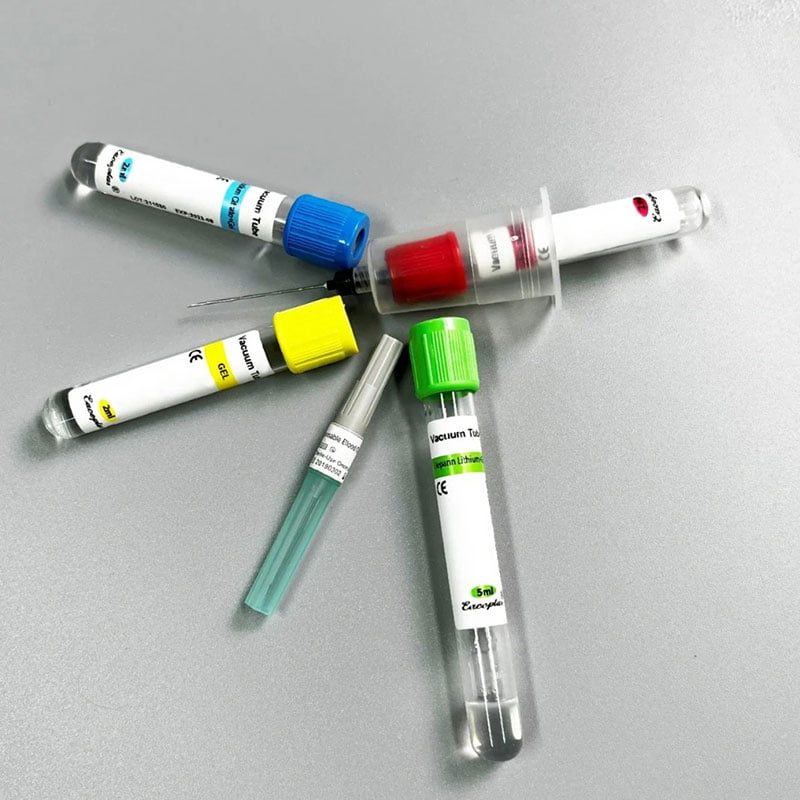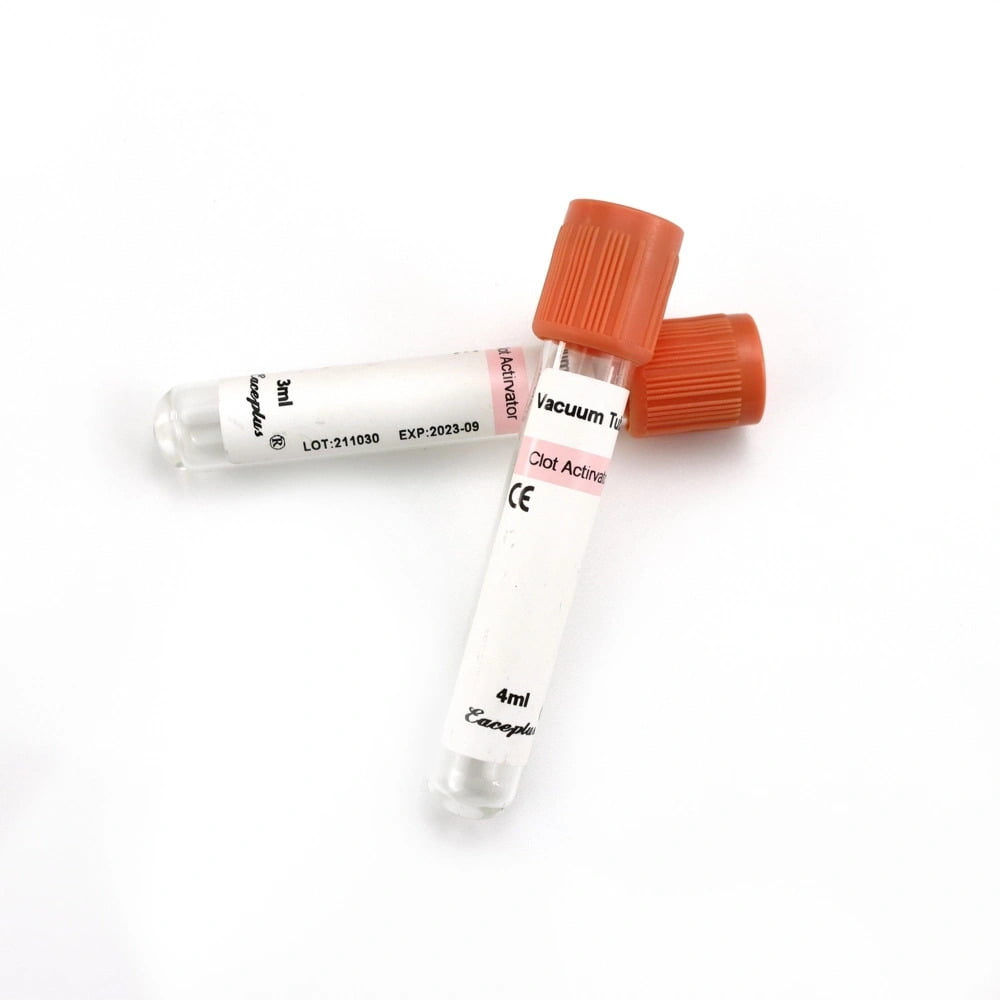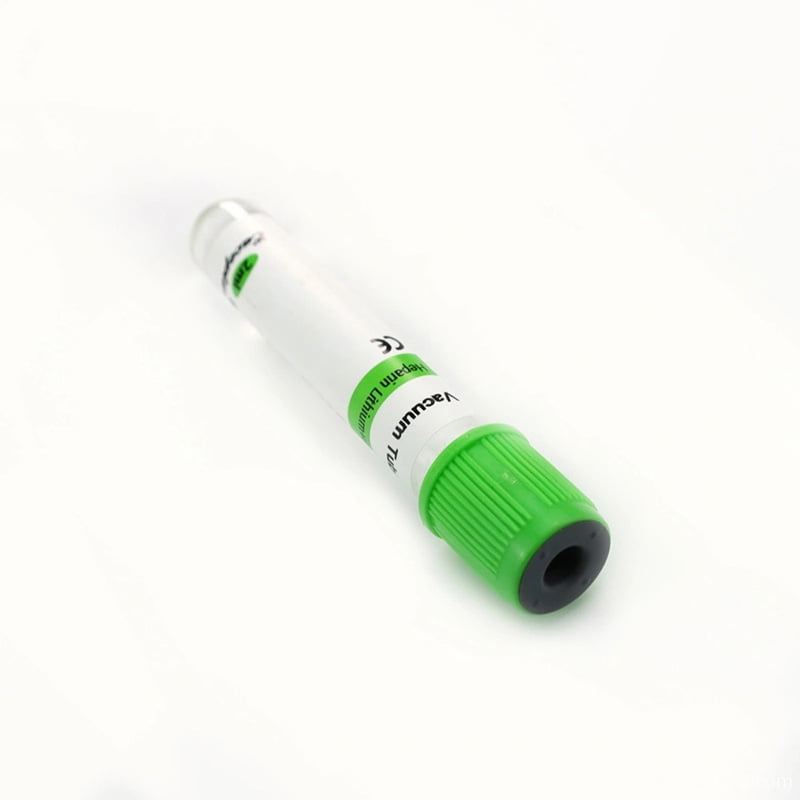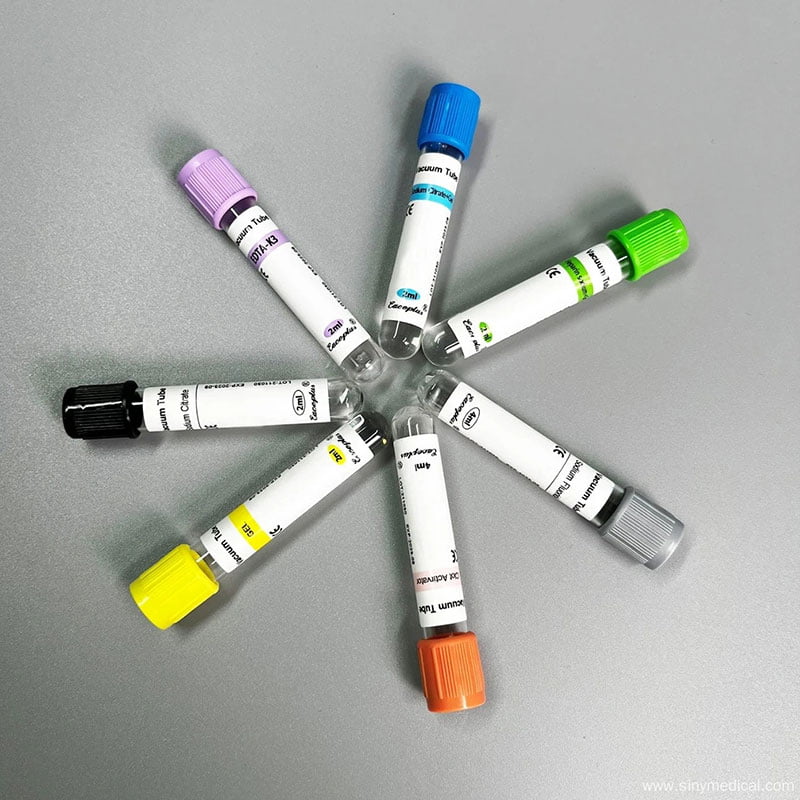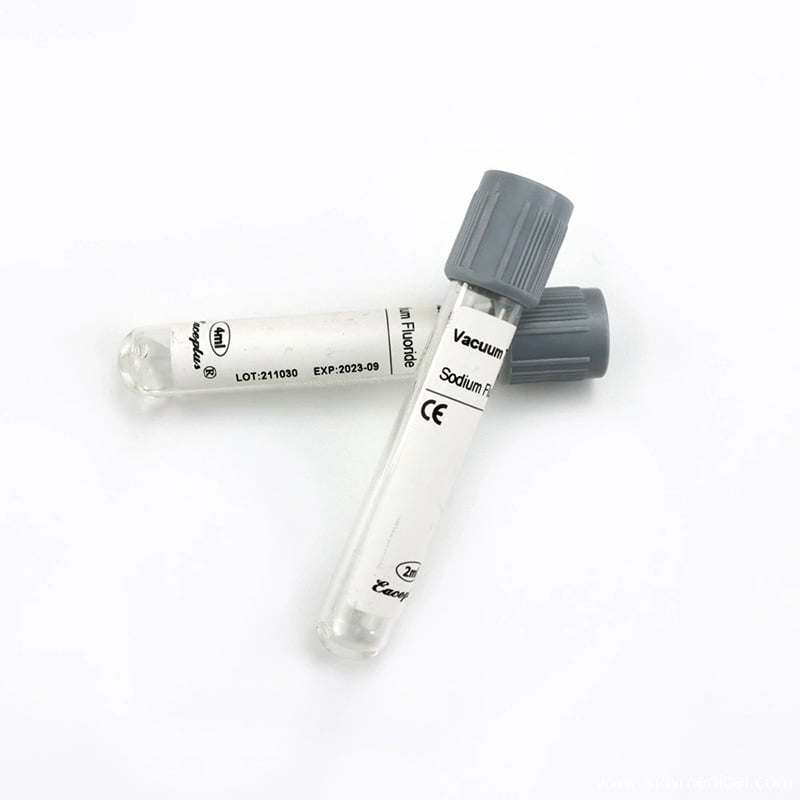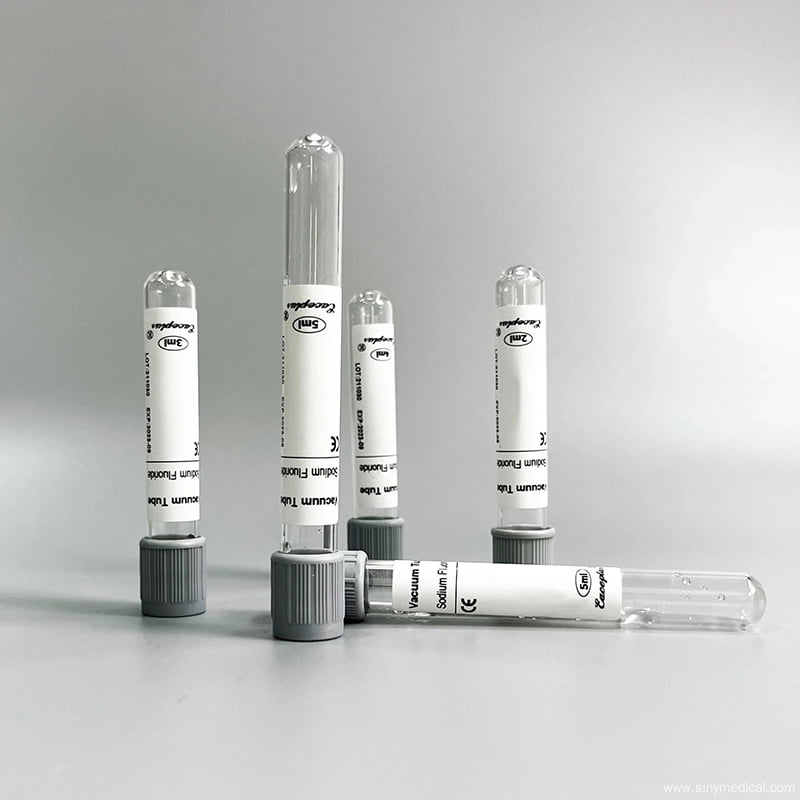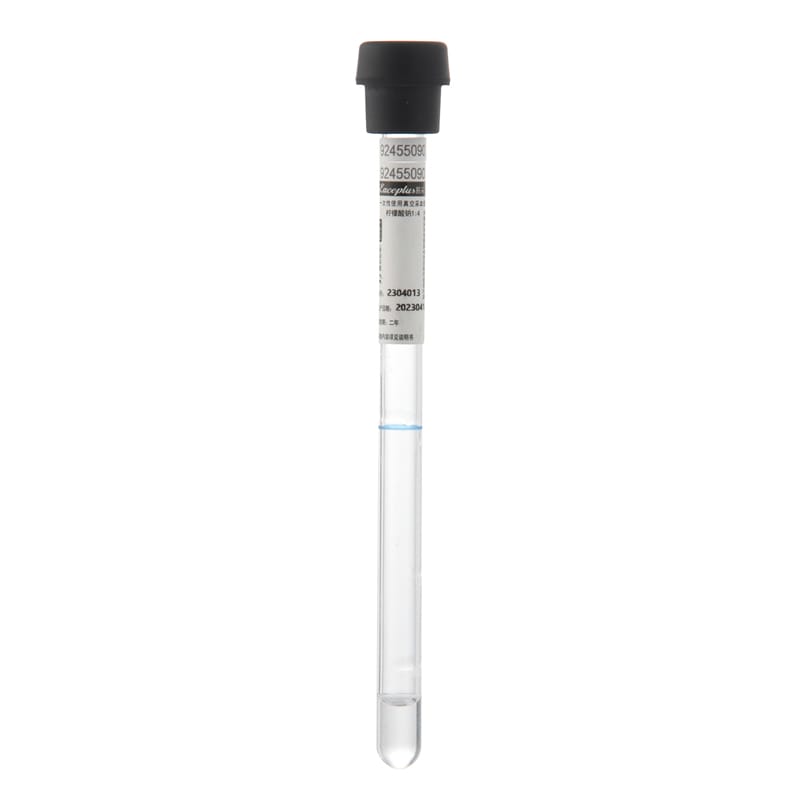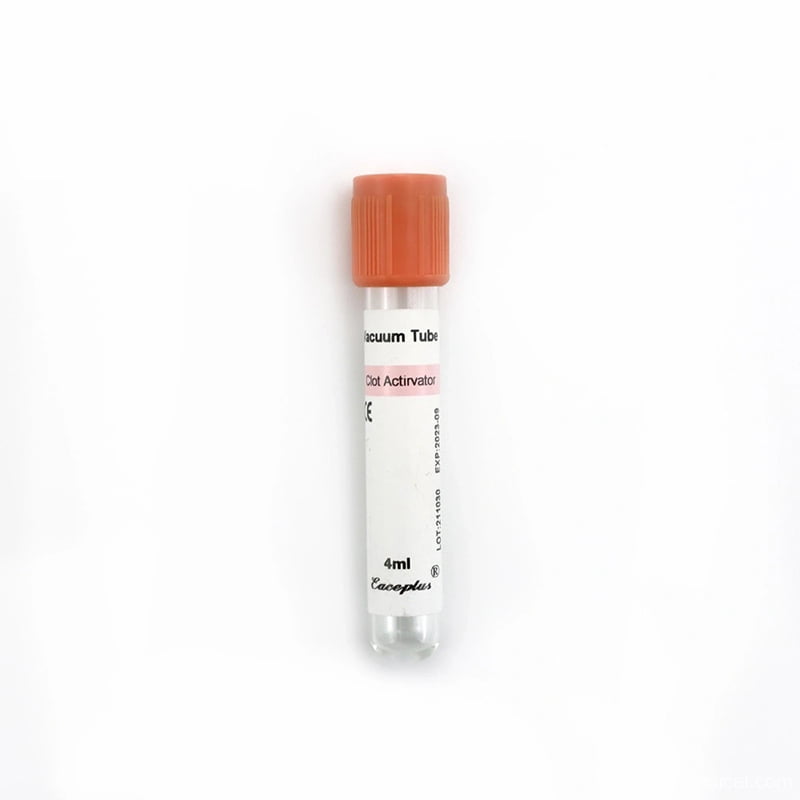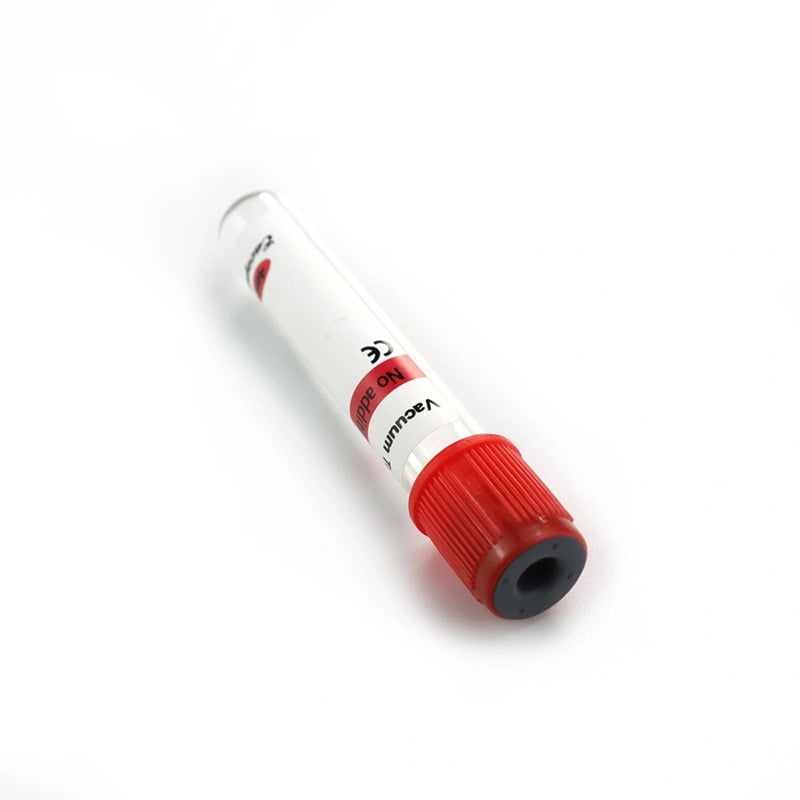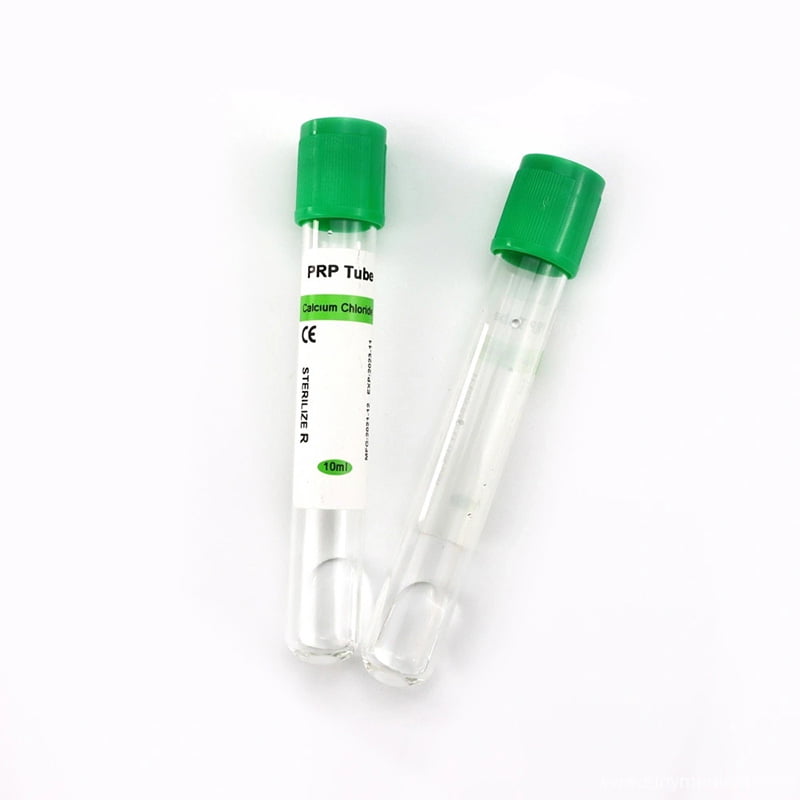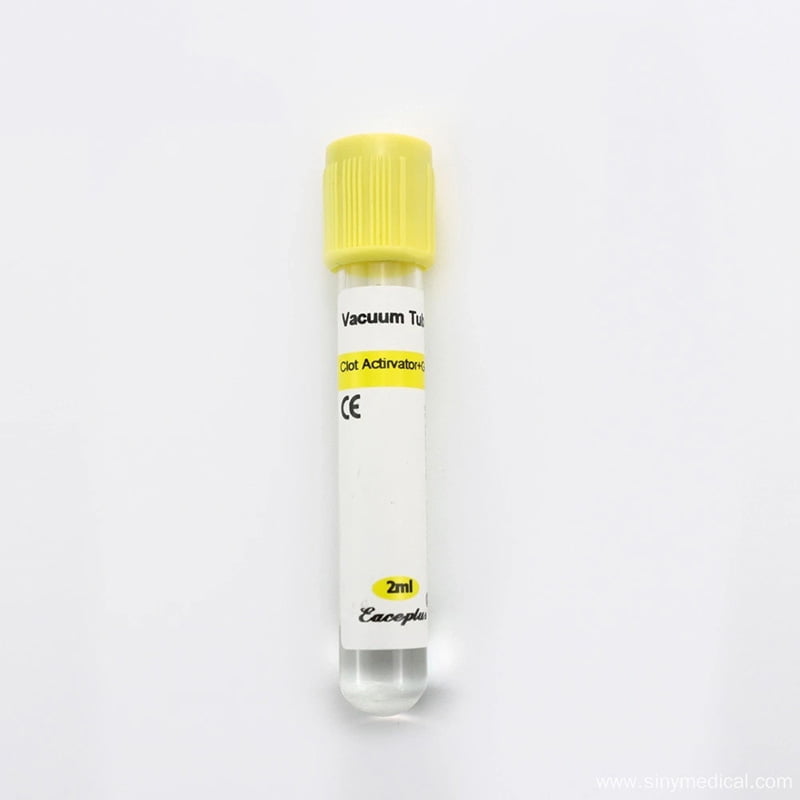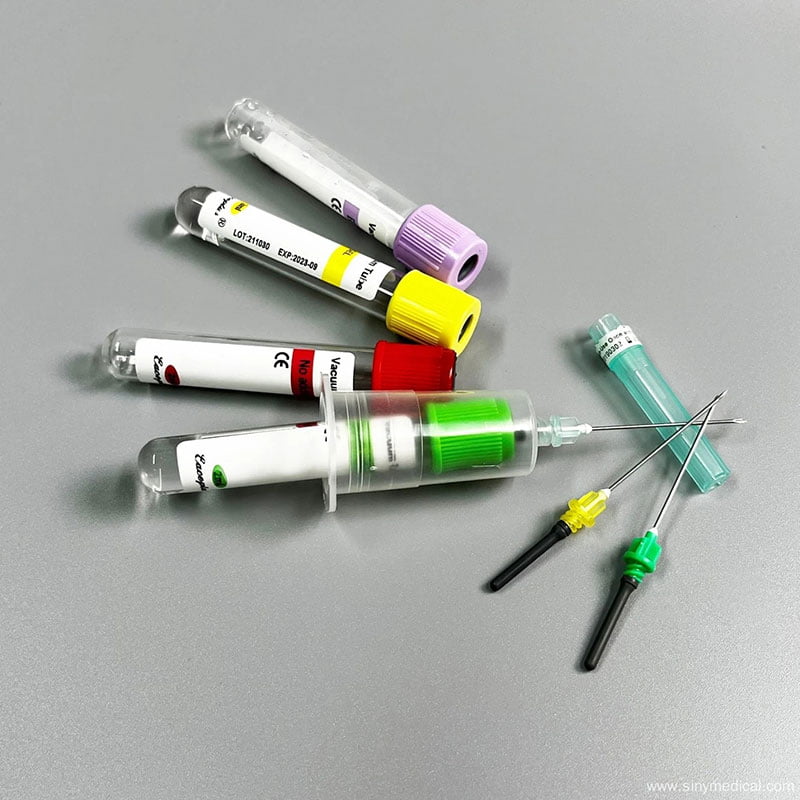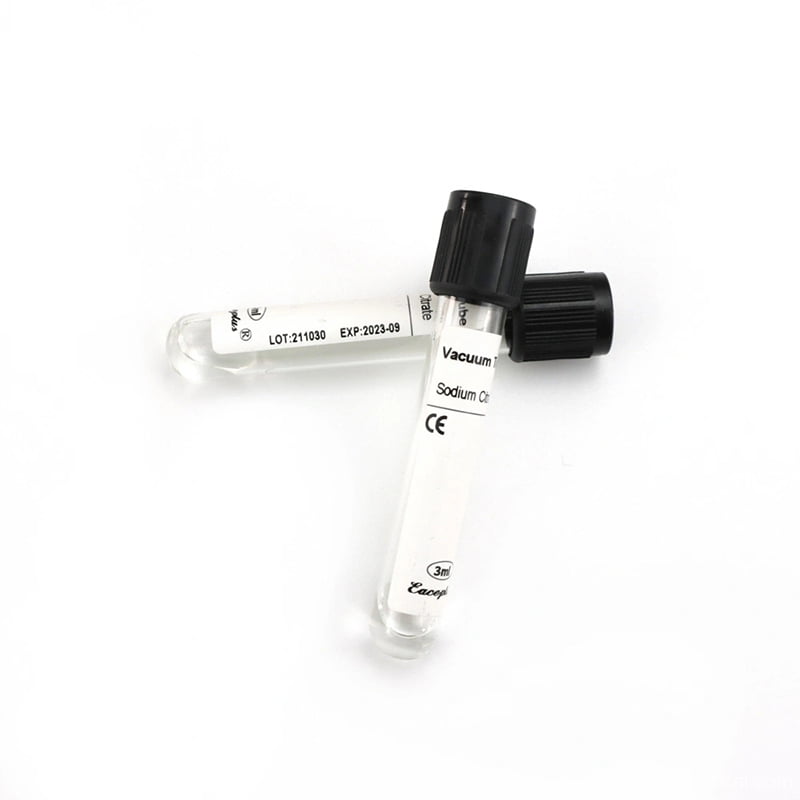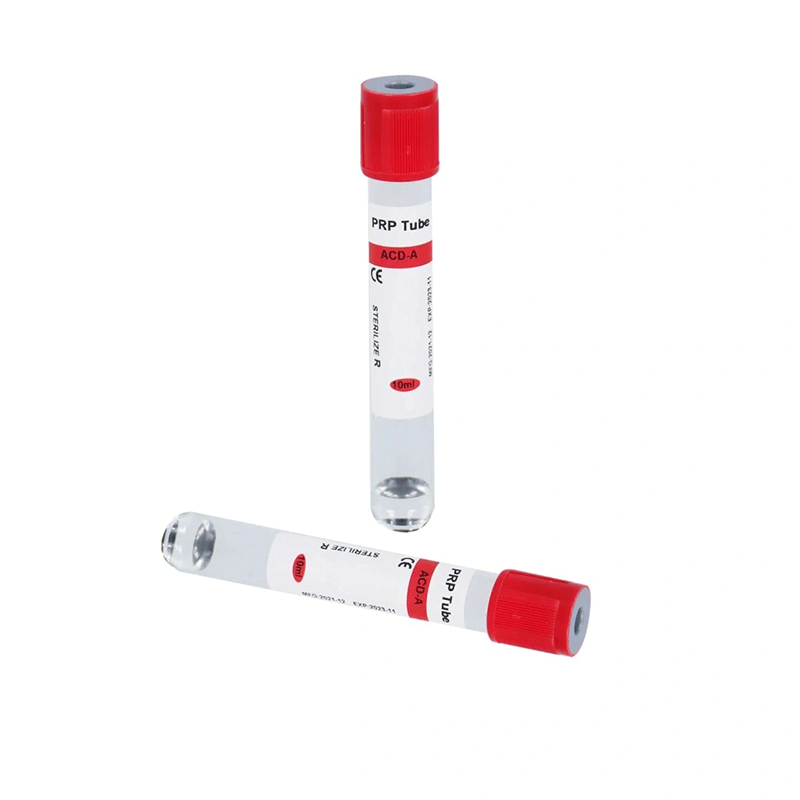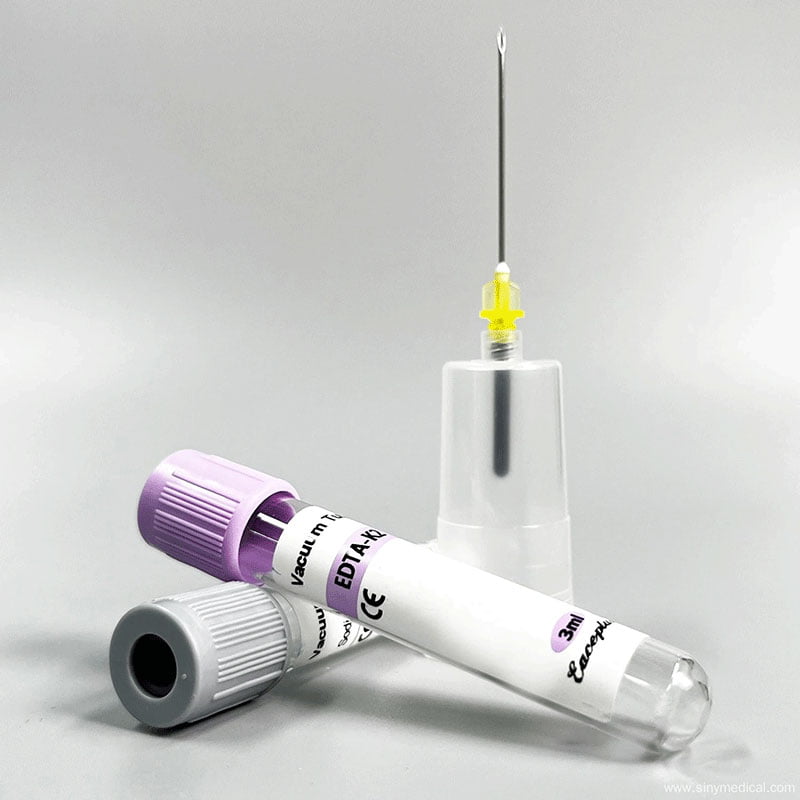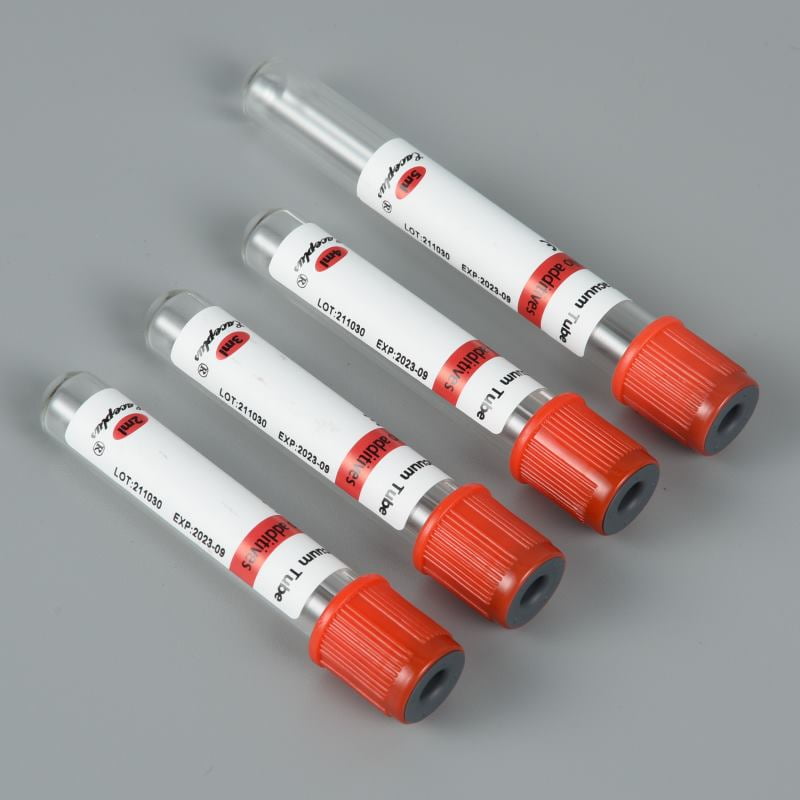Blood collection is a routine medical procedure, but it can become challenging when dealing with patients who have small, fragile, or hard-to-access veins. Butterfly needles, also known as winged infusion sets, are specially designed to make blood draws easier and less painful in such cases. In this comprehensive guide, we’ll explore how butterfly needles improve difficult blood draws, their advantages, proper usage, and key considerations for healthcare professionals.
Table of Contents
- 1 What Are Butterfly Needles?
- 2 What Are Butterfly Needles and How Do They Work?
- 3 Why Are Butterfly Needles Ideal for Difficult Blood Draws?
- 4 Applications of Butterfly Needles in Healthcare
- 5 Practices for Using Butterfly Needles
- 6 Practices for Using Butterfly Needles
- 7 Advantages and Disadvantages of Butterfly Needles
- 8 How to Choose Reliable Butterfly Needle Suppliers
- 9 Summary
- 10 FAQs
What Are Butterfly Needles?
A butterfly needle is a short, thin needle attached to flexible tubing and plastic wings for better handling. It is commonly used for venipuncture in patients with delicate veins, such as:
- Pediatric patients
- Elderly individuals
- Patients undergoing chemotherapy
- Those with chronic illnesses affecting veins
Unlike standard straight needles, butterfly needles provide better control and precision, reducing the risk of vein damage.
For more details, check our guide on What Is a Butterfly Needle?
What Are Butterfly Needles and How Do They Work?
A butterfly needle, also known as a winged infusion set or scalp vein set, is a medical device specifically designed for venipuncture—accessing a vein to draw blood or administer medications. The name “butterfly” comes from the two flexible, wing-like structures attached to the needle, which allow for precise handling and stabilization during insertion.
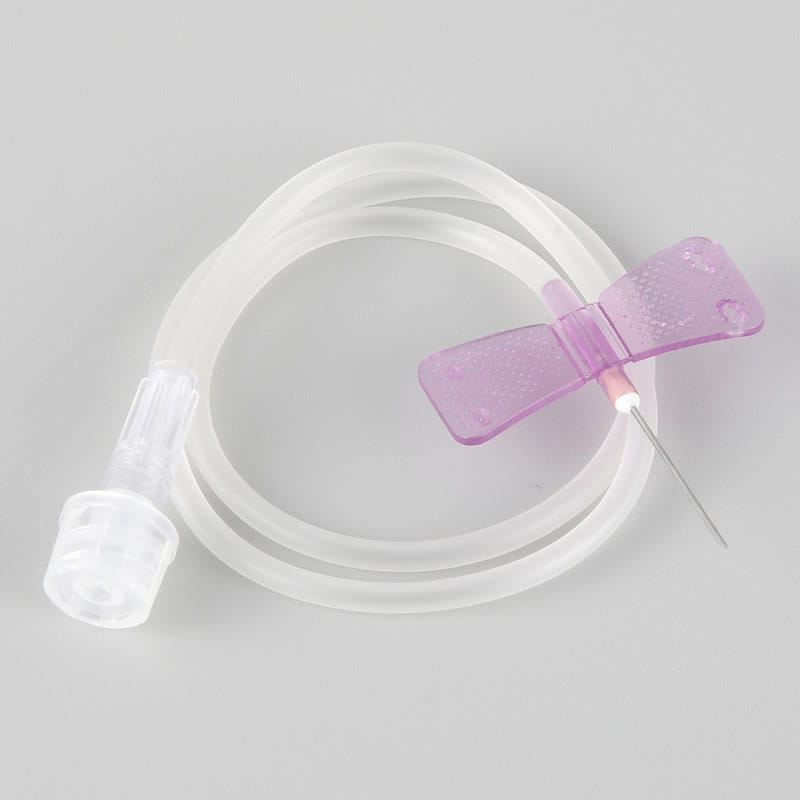
Anatomy of a Butterfly Needle
- Needle: A short, thin, hollow needle, typically ranging from 18 to 27 gauge, with smaller gauges (21–23) being most common for blood draws.
- Wings: Flexible plastic flaps on either side of the needle, enabling the phlebotomist to grip and control the needle with precision.
- Tubing: Transparent, flexible tubing (8–15 inches long) connects the needle to a collection tube or syringe, allowing blood to flow smoothly.
- Connector: A luer lock or similar mechanism at the tubing’s end, compatible with vacuum tubes or syringes.
- Safety Features: Many modern butterfly needles, such as those offered by Siny Medical, include retractable sheaths or push-button mechanisms to prevent needlestick injuries.
How Butterfly Needles Work
During a blood draw, the phlebotomist holds the wings to insert the needle into the vein at a shallow angle (typically 10–30 degrees). The wings stabilize the needle, reducing movement and ensuring accurate placement. Once the needle is in the vein, blood flows through the tubing into a collection tube or syringe, with the transparent tubing providing visual confirmation of proper placement. After the procedure, the needle is removed, and safety features are activated to protect healthcare workers and patients.
For a visual demonstration of butterfly needle use, check out Siny Medical’s YouTube channel, where we share expert tips and tutorials on phlebotomy techniques.
Technical Parameters: Butterfly Needle
| Place of Origin | China |
| Material | Stainless steel |
| Shelf Life | 3 years |
| Needle Gauge | 18G, 19G, 20G, 21G, 22G, and 23G |
| Color | Pink/Orange/Yellow/Green/Black/Blue |
| Custom | Contact Us |
| Needle length | 3/4” |
Why Are Butterfly Needles Ideal for Difficult Blood Draws?
Difficult blood draws often occur in patients with small, fragile, or rolling veins, such as pediatric patients, the elderly, or those with medical conditions like dehydration or chemotherapy-induced vein damage. Butterfly needles address these challenges through their unique design and functionality, making them a preferred choice in complex venipuncture scenarios.
Key Advantages for Difficult Veins
- Shallow Angle Insertion: Unlike straight needles, which require a steeper insertion angle, butterfly needles use a shallow angle, reducing the risk of piercing through delicate veins. This is particularly beneficial for superficial or fragile veins.
- Smaller Needle Size: With gauges ranging from 21 to 25, butterfly needles are thinner than standard needles, minimizing trauma to small or compromised veins.
- Enhanced Precision and Control: The wings allow phlebotomists to grip the needle close to the insertion point, improving accuracy in hard-to-access veins, such as those in the hand, wrist, or scalp.
- Stabilization: The wings can be taped to the skin after insertion, preventing the needle from shifting during the procedure, which is crucial for patients with rolling veins.
- Reduced Patient Discomfort: The smaller needle and controlled insertion result in less pain, making the experience more comfortable for patients with needle anxiety or sensitive veins.
Research-Backed Benefits
A 2013 study published in Academic Emergency Medicine found that butterfly needles significantly reduced hemolysis (the destruction of red blood cells) compared to intravenous catheters, with a hemolysis rate of 2.7% for butterfly needles versus 14.6% for IV catheters. This is critical for ensuring accurate lab results, as hemolyzed samples often require redraws. Another study from 2016 highlighted that butterfly needles halved hemolysis rates compared to IV catheters, particularly in patients with bleeding disorders like hemophilia.
At Siny Medical, our butterfly blood collection needles are engineered to minimize hemolysis and maximize sample integrity, ensuring reliable diagnostic outcomes.
Applications of Butterfly Needles in Healthcare
Butterfly needles are versatile tools used across various healthcare settings, from hospitals and clinics to home healthcare and dental practices. Their ability to access challenging veins makes them indispensable for specific patient groups and procedures.
Common Uses
- Blood Collection: Butterfly needles are ideal for routine blood tests, especially for patients with small or fragile veins. They are widely used in clinical labs for tests like complete blood counts (CBC), lipid panels, and glucose monitoring.
- IV Therapy: For short-term IV hydration or medication administration (up to 5 hours, depending on the manufacturer), butterfly needles provide a less invasive alternative to IV catheters.
- Pediatric and Geriatric Care: Infants, children, and elderly patients often have small or delicate veins, making butterfly needles the preferred choice for minimizing discomfort and complications.
- Blood Donation: Butterfly needles are used in blood banks for their flexible tubing, which simplifies connection to collection bags.
- Dental Applications: In dental clinics, butterfly needles are used to draw blood for platelet-rich fibrin (PRF) processing, which promotes healing in procedures like guided tissue regeneration.
- Home Healthcare: Patients requiring frequent blood draws or IV medications at home benefit from the precision and comfort of butterfly needles.
Specialized Scenarios
- Patients with Needle Phobia: The smaller size and less intimidating design of butterfly needles reduce anxiety, making them ideal for patients who fear needles.
- Chemotherapy Patients: Cancer patients often have compromised veins due to repeated treatments, and butterfly needles offer a gentler approach to blood draws and IV access.
- Emergency Departments: In urgent situations, butterfly needles can quickly access veins in patients with difficult venous anatomy, reducing delays in diagnosis.
Explore Siny Medical’s butterfly needle range to find the perfect solution for your healthcare needs, whether in a hospital, clinic, or home setting.
Practices for Using Butterfly Needles
To maximize the benefits of butterfly needles and ensure a safe, effective blood draw, phlebotomists must follow evidence-based best practices. Proper technique minimizes complications like hemolysis, hematomas, and vein trauma.
Step-by-Step Guide to Butterfly Needle Blood Draws
- Preparation:
- Gather sterile supplies: butterfly needle (21–23 gauge), collection tubes, alcohol wipes, tourniquet, gloves, and sharps container.
- Verify patient identity and explain the procedure to reduce anxiety.
- Ensure the patient is hydrated, as dehydration can make veins harder to access.
- Sterilization:
- Wash hands and wear personal protective equipment (PPE) per CDC guidelines.
- Clean the insertion site with 70% isopropyl alcohol for 30 seconds and allow it to dry.
- Vein Selection:
- Apply a tourniquet 3–4 inches above the site to dilate the vein.
- Palpate to locate a visible, stable vein (e.g., median cubital vein in the antecubital fossa). Avoid rolling or fragile veins if possible.
- Insertion:
- Hold the butterfly needle by the wings and insert it at a 10–30-degree angle.
- Watch for a “flash” of blood in the tubing, indicating correct placement.
- Stabilize the needle by taping the wings to the skin.
- Blood Collection:
- Attach the collection tube to the connector and allow blood to flow.
- Fill tubes to the recommended level to avoid hemolysis from underfilled tubes.
- Removal and Aftercare:
- Remove the tourniquet before withdrawing the needle.
- Gently remove the needle and apply pressure with gauze to prevent bleeding.
- Activate the safety mechanism (e.g., retractable sheath) and dispose of the needle in a sharps container.
- Bandage the site and monitor for bruising or swelling.
- Documentation:
- Label tubes accurately and record the procedure, noting any complications.
For high-quality butterfly needles and training resources, partner with Siny Medical or visit our Made-in-China store for bulk orders.
Practices for Using Butterfly Needles
To maximize the benefits of butterfly needles and ensure a safe, effective blood draw, phlebotomists must follow evidence-based best practices. Proper technique minimizes complications like hemolysis, hematomas, and vein trauma.
Step-by-Step Guide to Butterfly Needle Blood Draws
- Preparation:
- Gather sterile supplies: butterfly needle (21–23 gauge), collection tubes, alcohol wipes, tourniquet, gloves, and sharps container.
- Verify patient identity and explain the procedure to reduce anxiety.
- Ensure the patient is hydrated, as dehydration can make veins harder to access.
- Sterilization:
- Wash hands and wear personal protective equipment (PPE) per CDC guidelines.
- Clean the insertion site with 70% isopropyl alcohol for 30 seconds and allow it to dry.
- Vein Selection:
- Apply a tourniquet 3–4 inches above the site to dilate the vein.
- Palpate to locate a visible, stable vein (e.g., median cubital vein in the antecubital fossa). Avoid rolling or fragile veins if possible.
- Insertion:
- Hold the butterfly needle by the wings and insert it at a 10–30-degree angle.
- Watch for a “flash” of blood in the tubing, indicating correct placement.
- Stabilize the needle by taping the wings to the skin.
- Blood Collection:
- Attach the collection tube to the connector and allow blood to flow.
- Fill tubes to the recommended level to avoid hemolysis from underfilled tubes.
- Removal and Aftercare:
- Remove the tourniquet before withdrawing the needle.
- Gently remove the needle and apply pressure with gauze to prevent bleeding.
- Activate the safety mechanism (e.g., retractable sheath) and dispose of the needle in a sharps container.
- Bandage the site and monitor for bruising or swelling.
- Documentation:
- Label tubes accurately and record the procedure, noting any complications.
Tips for Success
- Patient Comfort: Use distraction techniques (e.g., conversation or music) for anxious patients, especially children.
- Avoid Overuse of Small Gauges: Limit 25-gauge needles to infants or patients with extremely small veins to reduce hemolysis risk.
- Proper Disposal: Always use a sharps container to prevent needlestick injuries.
- Training: Ensure phlebotomists are trained in butterfly needle techniques, as improper insertion can lead to complications like hematomas.
For high-quality butterfly needles and training resources, partner with Siny Medical or visit our Made-in-China store for bulk orders.
Advantages and Disadvantages of Butterfly Needles
While butterfly needles offer significant benefits for difficult blood draws, they also have limitations that healthcare providers must consider.
Advantages
- Enhanced Comfort: Smaller needles and shallow insertion angles reduce pain, ideal for needle-phobic or sensitive patients.
- Access to Difficult Veins: Perfect for small, fragile, or rolling veins, improving success rates in challenging cases.
- Lower Hemolysis Rates: Studies show butterfly needles reduce hemolysis compared to IV catheters, ensuring accurate lab results.
- Versatility: Suitable for blood draws, IV therapy, and specialized procedures like PRF in dentistry.
- Safety Features: Modern designs include retractable sheaths, reducing needlestick risks.
Disadvantages
- Slower Blood Flow: Smaller gauges (23–25) draw blood more slowly, which can be problematic for large-volume collections or urgent situations.
- Higher Cost: Butterfly needles are more expensive than straight needles (approximately $1 vs. $0.25), impacting budget-conscious facilities.
- Risk of Hemolysis with Small Gauges: Gauges 25 and above increase hemolysis risk, making them unsuitable for tests requiring intact blood cells.
- Potential for Vein Trauma: If not removed carefully, the needle can damage delicate veins.
- Not Ideal for Prenatal Testing: Due to slower flow and higher hemolysis risk, straight needles are preferred for prenatal blood tests.
By choosing high-quality butterfly needles from Siny Medical, healthcare providers can mitigate some of these drawbacks, thanks to our advanced designs and rigorous quality standards.
How to Choose Reliable Butterfly Needle Suppliers
Selecting a trustworthy supplier is critical to ensuring the quality and safety of butterfly needles suppliers. Here are key factors to consider when choosing a supplier like Siny Medical:
What to Look For
- Quality Certifications: Ensure the supplier meets international standards like ISO 13485 and CE marking for medical devices.
- Product Range: A reputable supplier offers various gauges and safety features to meet diverse clinical needs.
- Safety Mechanisms: Look for needles with retractable sheaths or push-button safety devices to protect healthcare workers.
- Customer Support: Choose a supplier with responsive support for training, troubleshooting, and bulk ordering.
- Competitive Pricing: Balance cost with quality to ensure affordability without compromising performance.
Why Choose Siny Medical?
At Siny Medical, we pride ourselves on being a leading manufacturer of butterfly blood collection needles. Our products are:
- Sterile, latex-free, and equipped with advanced safety features.
- Available in multiple gauges (21–25) to suit various patient needs.
- Backed by rigorous quality control and international certifications.
- Supported by expert guidance and tutorials on our YouTube channel.
Contact us at Siny Medical’s contact page to discuss your needs or explore our offerings at our Made-in-China store.
Summary
Butterfly needles have revolutionized difficult blood draws by offering a precise, comfortable, and effective solution for patients with challenging veins. Their small size, shallow insertion angle, and winged design make them ideal for pediatric, geriatric, and needle-phobic patients, while their safety features protect healthcare workers. Backed by research showing reduced hemolysis and improved sample quality, butterfly needles are a cornerstone of modern phlebotomy.
At Siny Medical, we are dedicated to advancing healthcare through innovative butterfly needle products. Whether you’re a phlebotomist, nurse, or clinic manager, our high-quality needles ensure successful blood draws with minimal patient discomfort. Visit our contact page to learn how we can support your practice.
FAQs
What is a butterfly needle used for?
A butterfly blood collection needle is used for drawing blood or administering IV medications, particularly in patients with small, fragile, or hard-to-access veins. It’s commonly used in pediatric, geriatric, and home healthcare settings, as well as for blood donation and dental PRF processing.
Are butterfly needles painful?
Butterfly needles are generally less painful than straight needles due to their smaller size and shallow insertion angle. They are designed to minimize discomfort, especially for patients with needle anxiety or sensitive veins.
What gauge is best for butterfly needles?
The best gauge depends on the patient and procedure. Gauges butterfly needle 21–23 are most common for blood draws, offering a balance of speed and low hemolysis risk. Smaller gauges (25) are used for infants or very fragile veins but may increase hemolysis.
Can butterfly needles be used for IV therapy?
Yes, butterfly needles can be used for short-term IV therapy (up to 5 hours), such as hydration or medication administration. However, they are not suitable for long-term infusions, where IV catheters are preferred.
Why choose Siny Medical for butterfly needles?
Siny Medical offers high-quality, sterile, and safety-equipped butterfly needles that meet international standards. Our products are designed for precision, comfort, and reliability, backed by excellent customer support and competitive pricing.
How do I order butterfly needles from Siny Medical?
Visit our product category page to browse our butterfly needle range or contact us directly via our contact page. For bulk orders, check out our Made-in-China store.
For more insights on butterfly needles and phlebotomy best practices, subscribe to Siny Medical’s YouTube channel and stay updated with the latest healthcare innovations.

